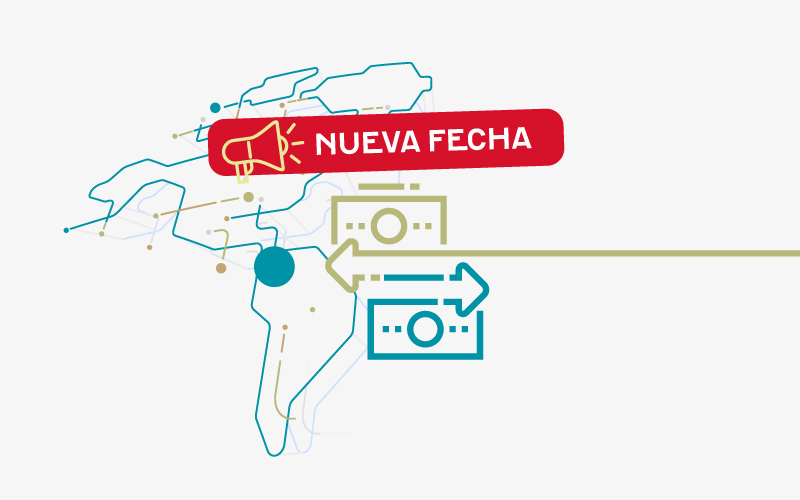Seminario de Microeconomía Aplicada - Skills, human capital and product innovation
El seminario de Microeconomía Aplicada del Banco de la República es un espacio para discutir trabajos en progreso en las diferentes áreas de la microeconomía aplicada como economía laboral, organización industrial, economía de la salud, economía agrícola, economía de la educación, desarrollo económico, crimen, economía pública, medio ambiente, entre otras.
Andrés Trejos: candidato a Ph.D. en economía del University College London (UCL). Ex Director de Desarrollo Empresarial del Departamento Nacional de Planeación de Colombia. Ex asesor del Ministro de Hacienda de Colombia.
Resumen del documento: This work presents a simple dynamic model of partial equilibrium for a multi-product firm. This firm has initial comparative advantages in the productive use of some particular materials, and in the absence of changes in prices it increases such comparative advantages continuously by producing products intensive in these materials, through a process of "learning by using". In turn, these growing comparative advantages allow the firm to add more easily products that are intensive in the use of the materials in which the firm has a comparative advantage. As a result of this, the model predicts that a firm adds a particular product under more combinations of structural parameters if such product is more similar to the firm in terms of its required use of materials. Using data from a product-level and material-level database for Colombian manufacturing firms during the period 1993-2018, I find empirical validity for this prediction both in the short and medium term. I establish empirical evidence of causality in this relationship by using exogenous variations in the price of materials imposed by the free trade agreement between Colombia and the United States. I also present a strategy to identify the variables involved in the key mechanisms in the proposed model (namely, the comparative advantages of the firm and the input-output coefficients of each product), and then use such variables to test the empirical validity of such mechanisms. I conclude that there exists statistical evidence of the validity of these mechanisms.
.
Tiempo de exposición: 1:30 p. m. a 3:00 p. m.
































































